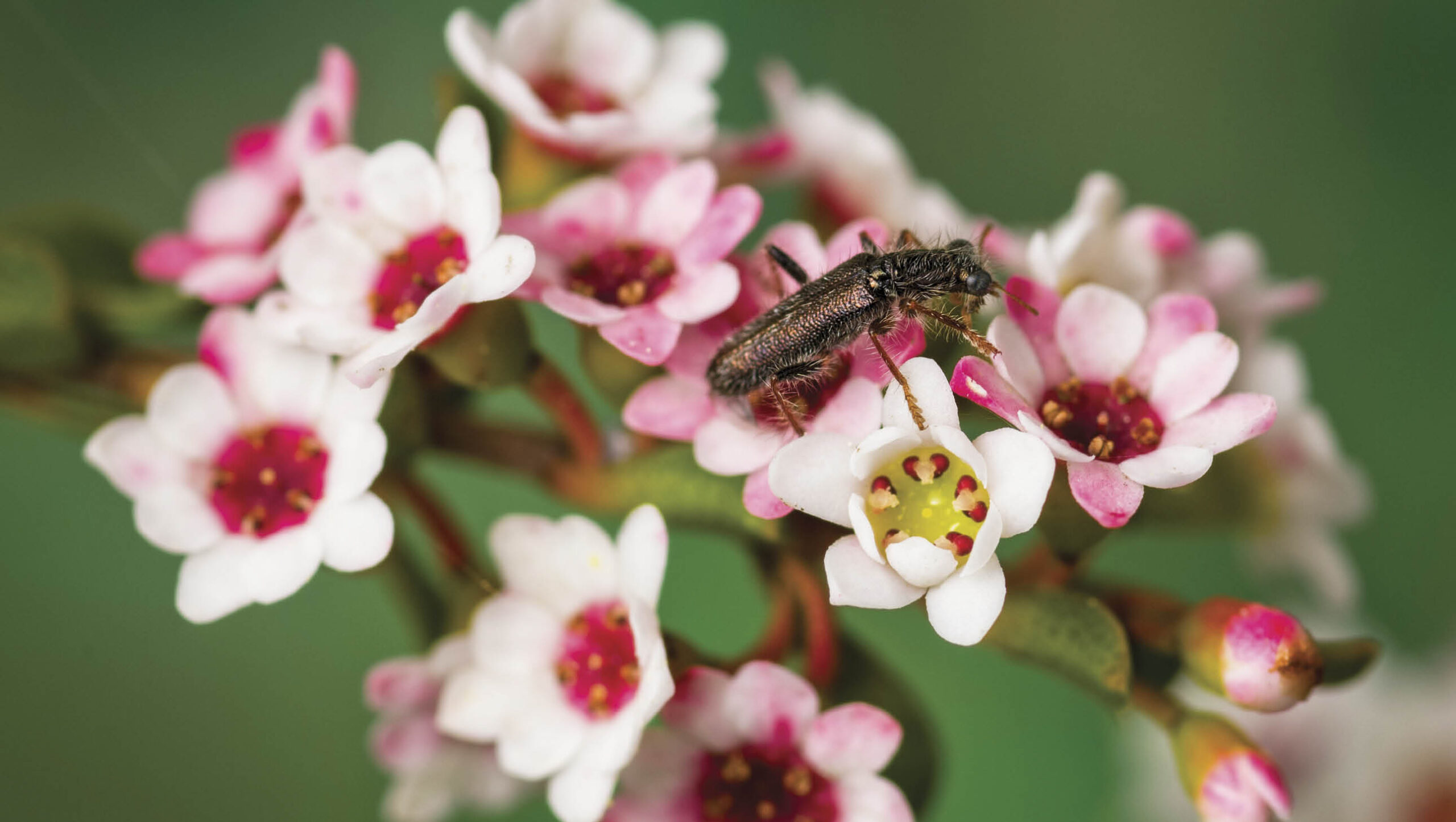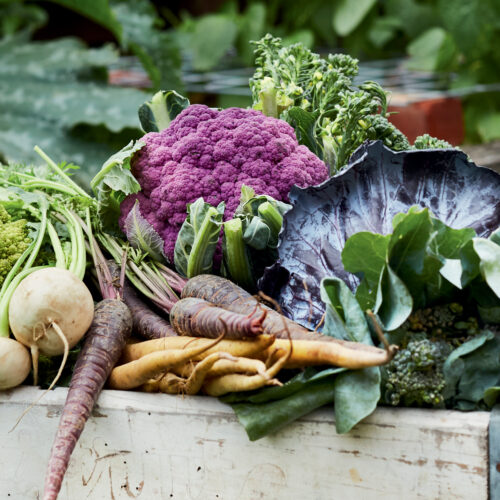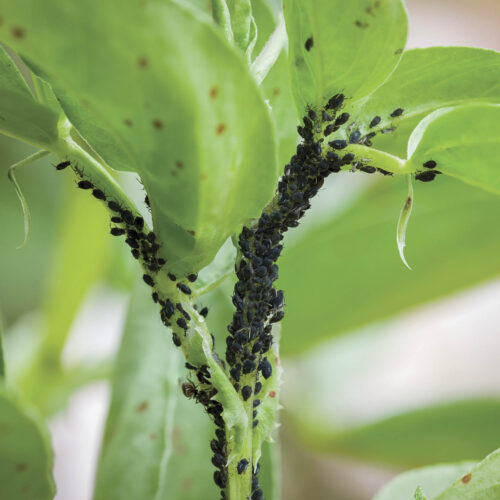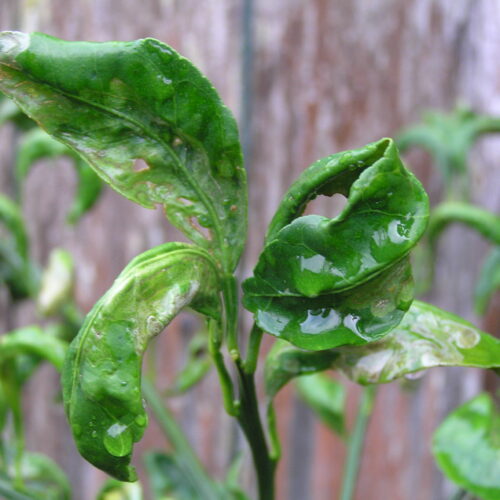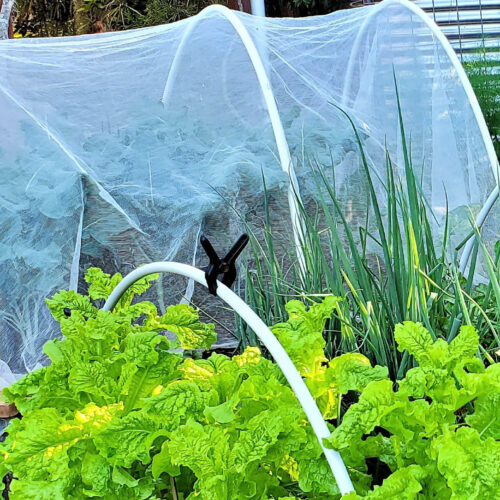Beneficial insects in your garden
2023-02-01T02:34:19+11:00
Denis Crawford is a big fan of beetles and says there are many hard at work in our gardens.
Insects are the most diverse animals on earth, and beetles are the most diverse insects. In raw numbers, there are about 1 million insect species described so far, with 360,000 of them being species of beetles in the order Coleoptera.
It is thought beetles were the first pollinators of flowering plants (the angiosperms), which evolved about 125 million years ago when there were no bees. Many species of beetles remain important pollinators to this day.
Beetles play other vital roles in the environment as well, such as being part of the decomposition cycle. Think of the work done by dung beetles, wood borers, carrion beetles and other detritus feeders – most of which are species of beetles. Even the beetles that feed on plants have a role to play – they are food for many other insects, birds and other animals. So keep an eye out for them in the garden and know they are doing good things (mostly).
If you ask a gardener what their favourite beetle is, many are likely to answer: “Ladybird beetle”. These beloved predatory insects are members of the beetle family Coccinellidae, but there are many more families of beneficial beetles to explore. The following is just one example.
Clerid beetles
Beetles of the family Cleridae are known as ‘clerid beetles’ or ‘checkered beetles’, and there are about 400 species in Australia.
Clerid beetles have long, parallel-sided bodies that are covered in long, bristly hairs. The adult beetles are often brightly coloured with patches of yellow, red, orange, or blue against a dark brown or black body. Some species are spectacular iridescent bronze or green.
Almost all clerid beetles are predatory in the adult form as well as larvae. Depending on the species, adult clerid beetles are agile hunters of insects under bark, and on foliage or flowers. In a garden setting, the place you are most likely to see adult clerid beetles is on flowers. Some clerid beetles feed on pollen, and being hairy they are pollinators. So whether an adult clerid beetle on a flower is feeding on the pollen, or on insects on the flower, it is a beneficial insect.
To discover more about the beneficial beetles you could find in your garden, and what they do to help, get a copy of our Early Autumn 2023 issue (OG 139). There’s a selection of back issues available here — you can also subscribe and get the most recent issues delivered to your door!

